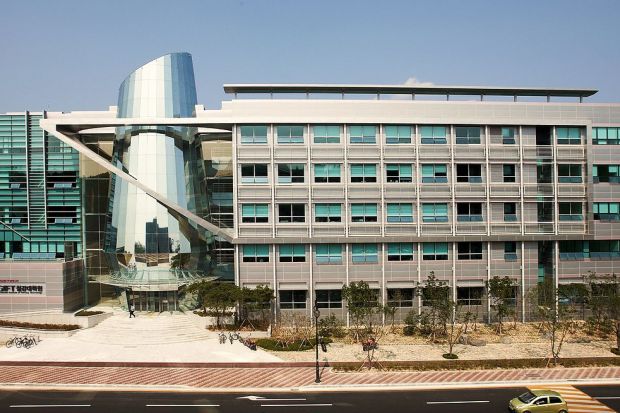POSTECH: Efficient One-step Printing for Metaholograms
ABBA, the pop group behind the well-known song “Mamma Mia” recently shocked the world with the announcement of their hologram concert after a 40-year hiatus. Concert-goers will be able to see hologram avatars of ABBA exactly as they were in 1970s. Hologram technology has been gaining traction as it allows us to indefinitely recreate images of objects that do not exist in the reality. The advantage of a metahologram using metamaterials is that it creates different hologram images simultaneously depending on the direction of the light incidence; however, its low image quality and fabrication complexity have hindered its practical use.
A research team led by Professor Junsuk Rho (Department of Mechanical Engineering and Department of Chemical Engineering) and Ph.D. candidates Joohoon Kim and Dong Kyo Oh (Department of Mechanical Engineering) at POSTECH have developed a highly efficient, one-step nanomanufacturing method. The metahologram fabricated from this process achieved the world’s highest efficiency hovering at 90% (theoretical efficiency of 96.9% and experimental efficiency of 90.6%).
The findings from this study were recently published in Laser & Photonics Review, an international journal on optics.
The electron beam lithography*1 has been commonly used to manufacture metaholograms but it was slow and costly. The holograms made this way had low efficiency, therefore, were only visible in dark environment and even appeared blurry.
To overcome this, the research team presented a low-cost process of printing metahologram easily and quickly by developing a nanocomposite ink. This method enables printing on hard substrates and also on flexible or curved ones. The team also confirmed that these printed metaholograms display clear images even under bright light thanks to their high efficiency.
Professor Rho explained, “By succeeding in printing metaholograms on these various substrates, we opened a possibility of applications to virtual reality (VR) and augmented reality (AR).” He added, “This study suggests a way to mass-produce high-throughput metaholograms, expanding their potential for commercialization.”
This research was supported by POSCO-POSTECH-RIST Convergence Research Center, LG Display, Strategic Nanomaterial Technology Development Program and the Global Frontier Program of the National Research Foundation of Korea.

